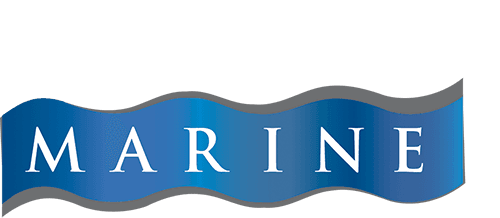With a reputation for leading the marina industry in design excellence, Bellingham Marine looks toward the future with its eyes firmly fixed on innovation and user experience.

The company’s unwavering commitment to customer service, engineering excellence, and its R&D program are key elements of Bellingham’s success in the marina industry and some of the key motivations behind buying a Bellingham Marine dock system.
“Our R&D efforts have long focused on improving user experience,” remarked Bellingham Marine President and CEO, Everett Babbitt. “Higher freeboards for greater user comfort; increased load capacities to support large crowds and vehicles on the docks; improved aesthetics and design details to set high-end facilities apart; and continued product refinement to promote greater longevity have been at the core of many of the company’s product advancements over the past ten years.”
“Now, new technologies and major breakthroughs in engineering are allowing us to elevate our product offerings and improve user experience on a whole new level,” added Babbitt.
The industry has long been looking for solutions that will put an end to the relentless battle against corrosion. At the same time, there is a growing need for viable solutions that adequately address environmental concerns and anticipated tighter regulations. Add to this, the marina owners’ and operators’ continual plea for lower maintenance, long lasting pontoon systems and you have the core of Bellingham Marine’s product research and development program.
“Currently in the market, there is not a cost-effective option for clients looking for a high-performance, low maintenance pontoon system that is both impervious to corrosion and has a probable 50+ year life,” said John Spragg, General Manager of Bellingham Marine’s operations across Australasia and Eastern Europe. “Bellingham Marine is looking to change that.”
According to Spragg, revolutionary breakthroughs in composites and FRP technology are spurring some of company’s latest and greatest advancements in product design and development. Bellingham Marine and Pultron Composites, a leading composite company in New Zealand and the Middle East, recently introduced the FRP tie-rod (also referred to as a through-rod). The tie-rod is a critical component of Bellingham Marine’s Unifloat concrete pontoon system. “The FRP rod and nut is less expensive than stainless steel and comparative to galvanized; it also offers significant advantages over steel without sacrificing strength including less weight, reduced maintenance, longer service life and is impervious to corrosion,” said Spragg. Westhaven Marina, located in New Zealand, is the largest marina in the southern hemisphere and the first to take advantage of this innovative product offering, which will soon be incorporated into a number of projects across Australia.
On a similar front, Bellingham Marine has been working with composite manufacturers in Australia, Scandinavia, and the United States, who specialize in heavy civil marine infrastructure, to develop an FRP composite alternative to the company’s timber waler.
“Extensive modeling and analysis has been used in the development of our FRP waler using independent engineers in Bellingham and Brisbane,” said Babbitt. “Prototypes are currently undergoing physical testing to ensure they meet strict performance requirements. We plan to start offering the option of an FRP waler to the market once our beta site programs are complete.”
Although composite lumber has been available for a number of years, limitations including its vulnerability to extreme temperatures and low stiffness and flexural strength have kept it from being a viable option in structural applications. However, recent advancements in FRP technology are changing that.
“If the FRP tie-rod and waler system performs as anticipated, this major breakthrough could represent one of the most important advancements in dock technology in the last 50 years and represent a huge step forward toward the development of a high performance pontoon that is impervious to corrosion, meets the strictest environmental regulations and offers a number of other benefits including greater longevity and less long term maintenance,” said Babbitt.

